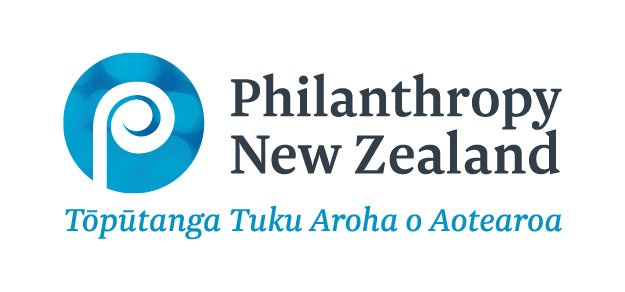Case study: The BNZ Foundation – setting up a new foundation
Lucy Doyle leads the BNZ Foundation, drawing on her long experience in sustainability and philanthropy, including six years at the National Bank of Australia managing its $100 million charitable trust. Returning to New Zealand in 2022, Lucy was entrusted with setting up the BNZ Foundation. Though still in its early days, Lucy’s insights provide a window into the Foundation’s goals and strategic direction.
“Be strategic, be aligned, be connected but independent. Work in perpetuity, be patient. I fundamentally believe that business has a strong role to play in solving some of the issues we're facing.” - Lucy Doyle, Head of BNZ Foundation.
The spark of the BNZ Foundation was ignited by BNZ’s decision to use the millions of dollars raised from the sale of its art collection for the benefit of New Zealanders. “The bank sought a purpose-driven path for the proceeds through the creation of the independent charitable trust that would operate in harmony with the bank’s values and vision, but distinct in its autonomy and strategic focus,” says Lucy. Officially launched in December 2022, the Foundation was seeded with an initial $10.5 million gift from BNZ.
Strategic alignment was a guiding principle, anchoring the Foundation's goals with the bank’s overarching sustainability strategy, Te Pae Tawhiti. This strategy focuses on Kaitiakitanga (care for the natural world) and Manaakitanga (care for people and communities). This alignment ensures a coherent approach, while enabling the Foundation to retain and exercise its independence from the bank.
“From the outset it was important for the Foundation and the bank to be aligned on a vision, but be kept operationally independent,” Lucy says.
Central to the Foundation’s philosophy is a dual-impact strategy. This involves a focus on both funding charitable organisations and innovatively leveraging capital to maximise social and environmental benefits. As a corporate foundation aligned with a bank, exploring diverse ways of utilising capital for social good is in our DNA ,” Lucy explains. “For me, this is the real power of strategic philanthropy, using the full spectrum tools in the ‘philanthropic toolkit’ to increase impact.”.
The Foundation is committed to responsible investment, with a focus on integrating ESG factors, targeted sustainability themed investments, and positive and negative screening of the portfolio. It has allocated 10 per cent of the capital base to impact investments.
The Foundation launched its inaugural grant programme in June 2023, with a light-touch expression of interest process. “This initial phase was about fostering relationships and demonstrating our commitment to dialogue and proactive partnerships,” Lucy notes. The first funding partnerships, announced in November, allocated $590,000 to diverse initiatives, including marine biodiversity restoration, supporting low-income families with low-emissions transport, and enhancing community resilience.
While Lucy heads up the BNZ Foundation, a range of BNZers also provide probono services to the Foundation, covering areas from operational support to legal, tax, communications, and branding. The Foundation is also embracing te ao Māori perspectives, working closely with BNZ’s Te Taura Tangata and Pasifika groups.
Building relationships with other funders is another focus for Lucy. “Collaborating with other funders is essential for achieving impact at the scale needed in Aotearoa to have meaningful progress,” she says.
Every journey faces obstacles, and the BNZ Foundation’s path was no different. From initial discussions to overcoming skepticism and balancing corporate and community interests, it has taken nearly two years to get the Foundation up and running.
Having BNZ executives and an independent executive as trustees has proved beneficial in overcoming these challenges, ensuring transparency and authenticity, and supporting the Foundation’s independence as an entity distinct from the bank.
“Establishing a foundation for perpetuity is a marathon, not a sprint,” says Lucy.
“It’s a process that requires time and patience to perfect.”
Lucy’s three tips for other funders:
Establishing a new foundation is a marathon, not a sprint. It is a lesson of patience and collaboration. BNZ’s experience highlights the importance of taking the time to establish the right governance, operational processes, and strategy up front.
Think creatively and holistically about your impact. Ask yourself how you can maximise the social utility of all assets of the Foundation, beyond grants and donations. Harnessing the "full" philanthropic toolkit will mean amplified social and environmental impact.
For those working in businesses, it is imperative that a corporate foundation maintains operational independence yet has coherent strategic alignment with corporate donor's vision, values and business strategy. This is critically important, allowing the foundation to drive impactful change autonomously whilst working hand in hand with the donor, it’s people and customers to amplify impact.

